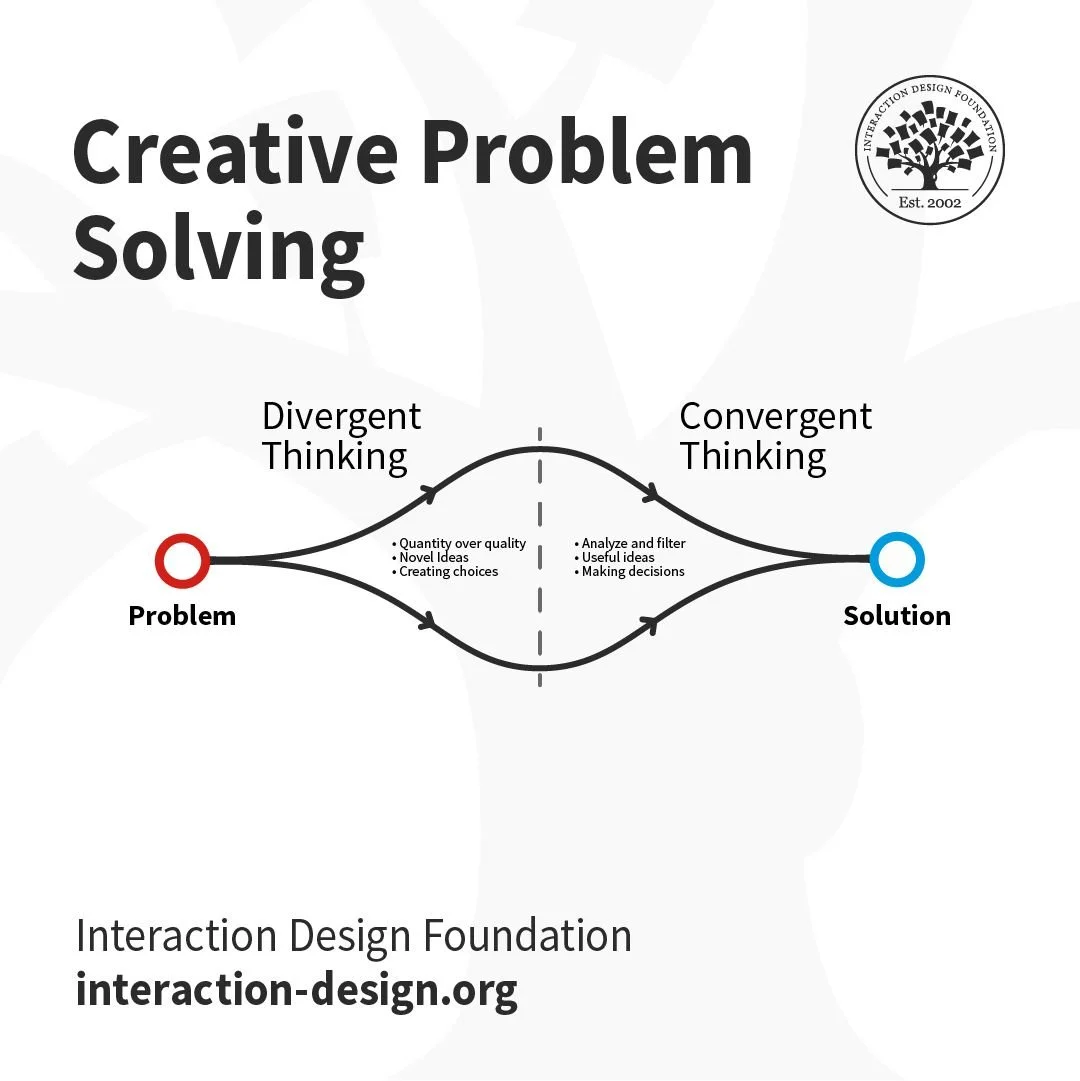From Rumination to Insight: Unlock Your Mind with Reflective Rhythm
Hello World.
My name is Brandon; I am the creator of Reflective Rhythm, an application that provides an AI companion to help users engage with their thoughts and ideas and accompany them on their personal journey of discovery and growth.
The Backstory.
I created Reflective Rhythm to scratch my own itch. Like many, I write a lot of notes, typically in a notebook. I have found that the act of writing helps to free my mind (at least a little bit) from looping on a thought or idea - ruminating, you could say - to the point that I am fully preoccupied. I do like to think about things. But I also value being present.
Several years ago, I even had a foray into the routine prescribed in the Artist’s Way where one starts the day writing three pages. It was cleansing: during the time that I was practicing this activity of daily writing, I felt more centered and focused simply because I had emptied my mind of its clutter first thing in the morning. Ultimately, I failed to turn it into a lasting habit as many morning-centered routines go, with school-aged kids (different topic for another time).
By writing so that I could free up mental space, I noticed over time that I would catch myself writing virtually the same thought and idea. I’m sure there are a couple of perspectives that could be taken from that: 1) the idea has staying power (good), or 2) I’m not growing in my thinking beyond the initial idea (not so good). Likely, both are true at the same time.
A ritual that I created to help remedy this was, on the weekend, I would go back through the week’s notes and re-read them and synthesize them. I found this to be effective. But as habits go, this is another that I failed to maintain. This led me to consider how an external aid—something consistent and reliable—could help maintain such a reflective practice.
Enter AI.
I am continually amazed at what AI can do and the speed with which the AI landscape is evolving. It’s mind-boggling, terrifying, and awe-inspiring all at the same time. I, like many, am continually working to find the appropriate applications where AI can, and cannot (or should not) be used. This is my opinion—no doubt an understated opinion as it relates to the broader topic of AI—and it is subject to change/evolve over time. I believe that:
AI is really good at accessing relevant information
AI is really good at synthesizing information
I believe that humans, at this point, are still best at creative endeavors; however, AI used as a collaborator, can help us create faster and spot holes in our thinking and approach.
While taking a roadtrip to Escalante, we listened to Sal Kahn’s book, Brave New Words, where he explores how AI can be used in an educational setting. A couple key points that I really liked:
AI should not be thought of as a replacement for teachers or tutors, but rather a compliment
AI tools can be created in such a way that they do not give away the answer but rather work with the student so that they can arrive at the answer themselves
Within this was the spark: these ideas should not only be true in an educational setting, but beyond for those of us who are exploring new ideas. In essence, AI could be used to not give us the answers, but to help us more effectively expand our own perspectives and arrive at our own conclusions.
The Rhythm.
There is a Design Thinking framework that embraces first the idea of divergent thinking—exploring the solution space—and then by convergent thinking—narrowing in on a selected approach that best solves the problem.
This parallels my own routine and approach that is built into Reflective Rhythm:
During the week: Explore your thoughts and ideas—whatever is taking up your mental space. This is where divergent thinking happens by trying to expand your perspective
On the weekend: Synthesize and converge on the ideas that have emerged over the course of the week (and beyond). With this synthesis, sparks of new ideas—new insights—may emerge from which to restart the process—the rhythm
Here’s an example of how one might use Reflective Rhythm: Imagine, during the week, you’ve had an unsettling interaction with a colleague at work. You could start by writing down a description of the interaction. Engaging with the AI, you explore the emotions you feel as a result and dig deeper into why the exchange impacted you. Using the AI as a sounding board, you can then brainstorm solutions for effectively approaching your colleague in the future. On the weekend, Reflective Rhythm synthesizes your notes from the past week, and looks further back into your history, to highlight recurring themes in your thoughts and ideas. As new insights emerge, you can decide what to do and where to go with this deeper understanding of yourself.
Intentions for This Blog.
As I explore my own thoughts and ideas, I plan to bear my soul by sharing some of my reflections and dialogues with Reflective Rhythm. This blog aims to live by example, offering personal insights and inviting you into my journey. I will share verbatim excerpts of my dialogues with Reflective Rhythm, offering a raw look into my thought process and growth. It will be personal and honest—please be kind.
Join me.
What are you thinking about? I invite you to try Reflective Rhythm. Share your feedback within the app; I am eager to learn from you and improve the experience. Also, feel free to leave comments on this blog or share your own experiences with reflective practices. Being part of a community that values self-discovery and growth is powerful. Join me on this journey and see where it leads.
Until next time…



